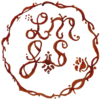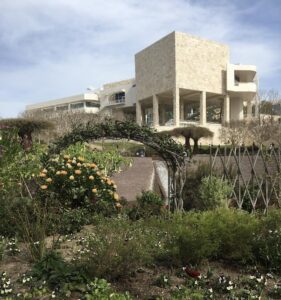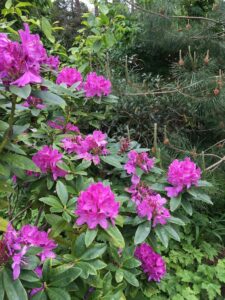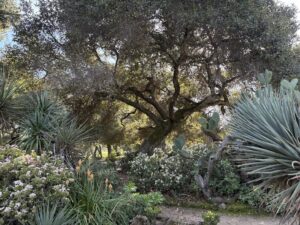George Washington Carver and Luther Burbank changed the world of Agriculture and Horticulture
Living in a similar timeframe, these two ground breaking innovators did experiments that revolutionized the nursery industry, soil science, plant hybridization, and agricultural practices.
George W. Carver
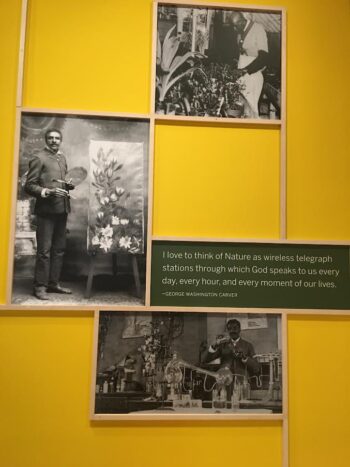
Born in 1864, George Washington Carver, came into a world of turmoil. His parents were slaves in Diamond, Missouri making him a slave at birth. His father died before his birth and his mother was kidnapped by night raiders from Arkansas. He never did see his mother again but his brother, James, was rescued and brought back to the farm. During and after the Civil War, George was kept at the Carver Farm and he and James were raised with the Carver children.
He became a favorite of the family with his endless curiosity, brilliant mind and sweet nature. He was a creative young man with a penchant for learning. He pursued his early education at schools in varied locations that accepted black children. He earned money doing farm work and with that and a small loan from the Ness Bank he was able to enroll at the Simpson College in Indianola, IO. There he studied art and music, but his teacher recommended he study botany instead, when she saw his talent for painting flowers and plants.
During his early years, he was encouraged and given advice by individuals that admired his intelligence and abilities. Society at large threw roadblocks before him, but his thirst for knowledge and his creative mind looked past them to a bright future.
When he enrolled at Iowa State University in Ames, he was the first black student to attend.
His thesis “Plants Modified by Man” dated 1894 earned him his bachelors degree and his professors encouraged him to continue at the University and get a Masters degree in Botany.
His work at the University experimentation station doing experiments involving plant pathology and mycology, during his two years of study for his Masters, gained him national recognition and he went on to teach at Iowa State as the first black faculty member. This was where his work as a ground breaking innovator began, developing strains of vegetable suited to the climate of the southern Untied States.
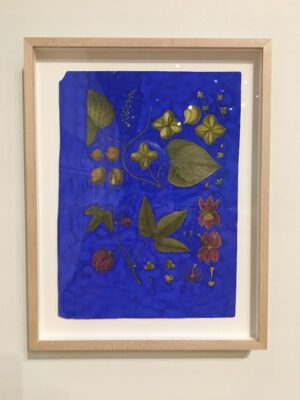
In 1896, Booker T. Washington invited him to join the faculty at Tuskegee University and run the Agriculture Department. For the next 47 years, George W. Carver lectured, demonstrated and led laboratory experiments, ran the Agricultural Experimentation Station and wrote agricultural information pamphlets to be distributed to farmers. He pioneered the concept of crop rotation, worked on a treatment for polio using peanut oil, and developed the Jesup Wagon. The Wagon was the first traveling agricultural information classroom geared to poor farmers in the South. He also found a source (in a clay sample he found in his fieldtrips) for the elusive Egyptian blue pigment used by the ancient Egyptian culture in their art. The Egyptian blue pigment was one of the only patents he applied for despite his many discoveries. This article is a very abbreviated story of his many, many accomplishments but it gives an idea of his varied experiments.
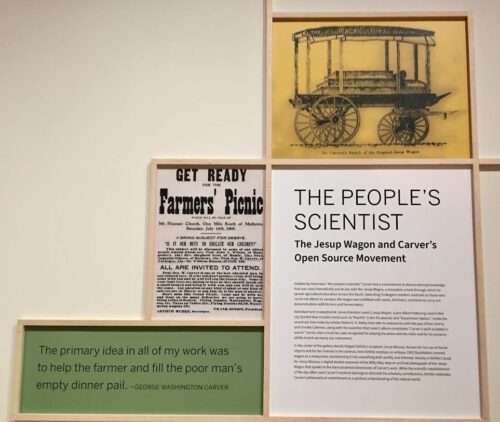
He is erroneously known as the inventor of Peanut Butter but that was actually the Incas of Peru. He did do a whole series of experiments for the Peanut Growers Association that resulted in literature and discoveries utilizing the peanut plant, peanut oil and the nut itself.
There was even some interaction with Henry Ford who was interested in developing synthetic fuels. Carver proposed biofuels and worked on experiments to develop them.
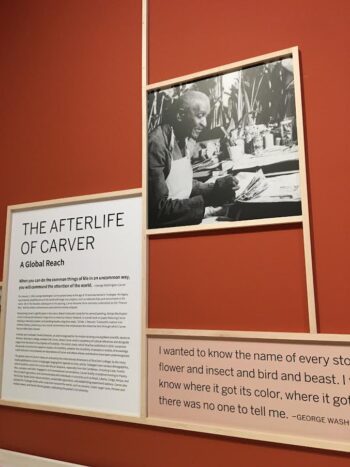
Carver died in 1943 – a revered scientist, friend to presidents and poor farmers alike while giving the world discoveries that would influence the fields of mycology, agriculture, horticulture and botany through today.
I was very lucky to find a garden dedicated to this great man in the Missouri Botanical Garden and also an exhibit of his life and work at the African American Museum in Los Angeles. This is a touring exhibit so may come to a museum in your area.
It is quite interesting that I also visited Luther Burbank’s Home and Garden in Santa Rosa, CA soon after seeing the Carver Exhibit in LA. These two innovative individuals had so much in common- a love of plants and flowers, a passion for experimentation, a genuine desire to improve crop yields and quality of produce, and a lifelong career of service to agriculture and horticulture.
The story of these pioneers seems a perfect subject for the Green Speak blog.
Luther Burbank
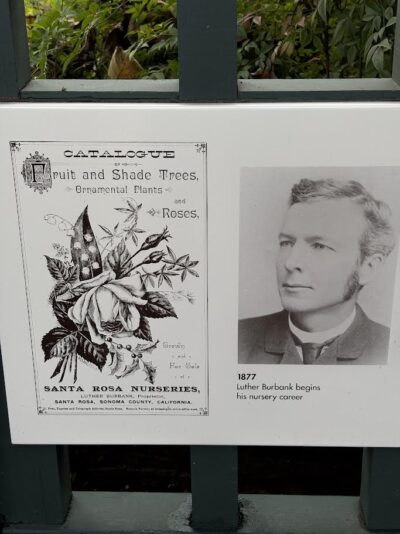
Born in Lancaster, MA in 1849, Luther Burbank started life in a farm community, he was the thirteenth of fifteen children and found his interest in flowers and plants in his mother’s large garden.
Despite only having an formal education through the completion of high school, he began an early career of developing new hybrids.
With money he inherited upon his father’s death, he bought a plot of land in Massachusetts and developed a new strain of potato, calling it the Burbank Potato.
It’s interesting to note that this strain of Potato was more long lasting and disease resistant and is the predominant Potato grown today for eating and processing. Burbank had sought to alleviate the Irish famine that had decimated the Potato crops in Ireland. The Burbank Potato plant would later be propagated from a sport to produce a red skinned version called the Russet Burbank Potato. He sold his rights to the Burbank Potato used the money to move west to Santa Rosa, CA. His innovation at that time and in his future accomplishments set him at the forefront of both Agricultural and Genetic Experiments.
He bought 4 acres of land in an area that is perfect for growing a wide range of plants. It is at his home and garden in Santa Rosa, along with an additional experimental growing ground in nearby Sebastopol, that Luther Burbank developed over 800 strains and varieties of fruits, vegetables, grasses, flowers and grains.
My favorite is the Santa Rosa Plum- tart skin and sweet flesh plus super juicy. He also cross bred flowers and is noted for inventing the Shasta Daisy. He constantly experimented with new crosses of different species and hybrids to develop the best characteristics in the quality of fruits, flowers and grains.
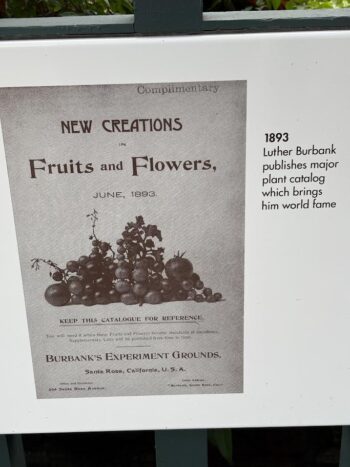
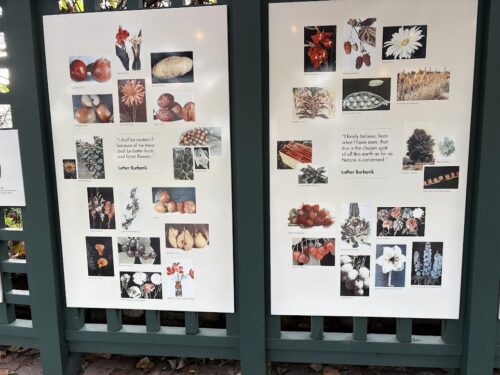
His success in plant breeding caught the attention of the Stark Brothers Nursery and Paul Stark staked Burbank in his early work along with a group of interested individuals, the Luther Burbank Society, who raised funds to help support the plant breeder in his work. A later supporter would be the Andrew Carnegie Institution including the founder himself.
Burbank passed away in 1926 but he left a legacy of 120 types of plums, 18 of peaches, 28 of Apples, 500 hybrid Roses, Thornless Raspberry and Blackberry varieties, Kiwi hybrids, 52 Gladiola cross hybrids, 30 varieties of Cherries and the list goes on…….. Today the garden in Santa Rosa still has trees that he grafted, beds for growing hybrid flowers he developed, huge Kiwi vines over an arbor and a lovely rose garden. The property is an Arboretum of glorious old trees.
Each year Luther Burbank’s birthday is celebrated on May 7th- Arbor Day and trees are planted in his honor. He certainly wouldn’t be offended if we planted smaller plants or worked in the garden instead!
I was there in December so many of the flowers and trees were dormant but I loved seeing the informational placards (photos here from those signs) and reading the tags and labels in the garden. The home, greenhouse and carriage house are beautiful as is the surrounding garden. The site has been reduced to 1.5 acres and is very close to downtown Santa Rosa. A bit noisy these days but the property still has the feel of the early days.
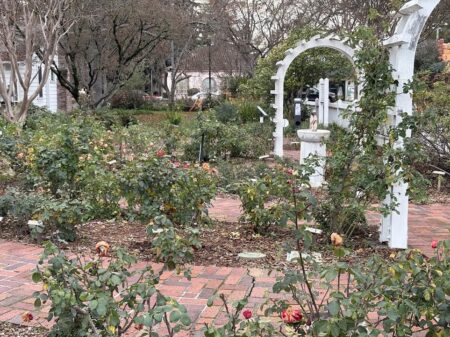
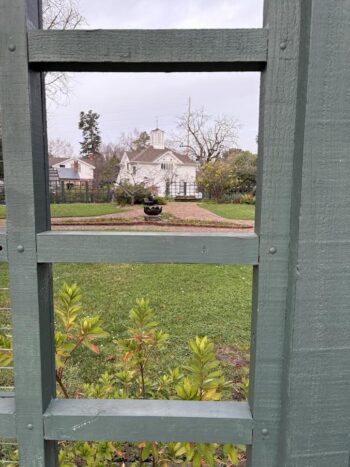
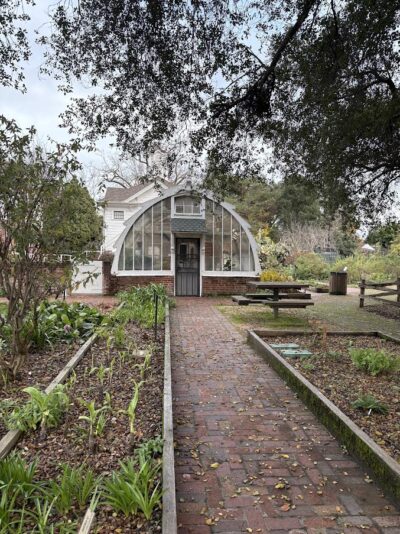
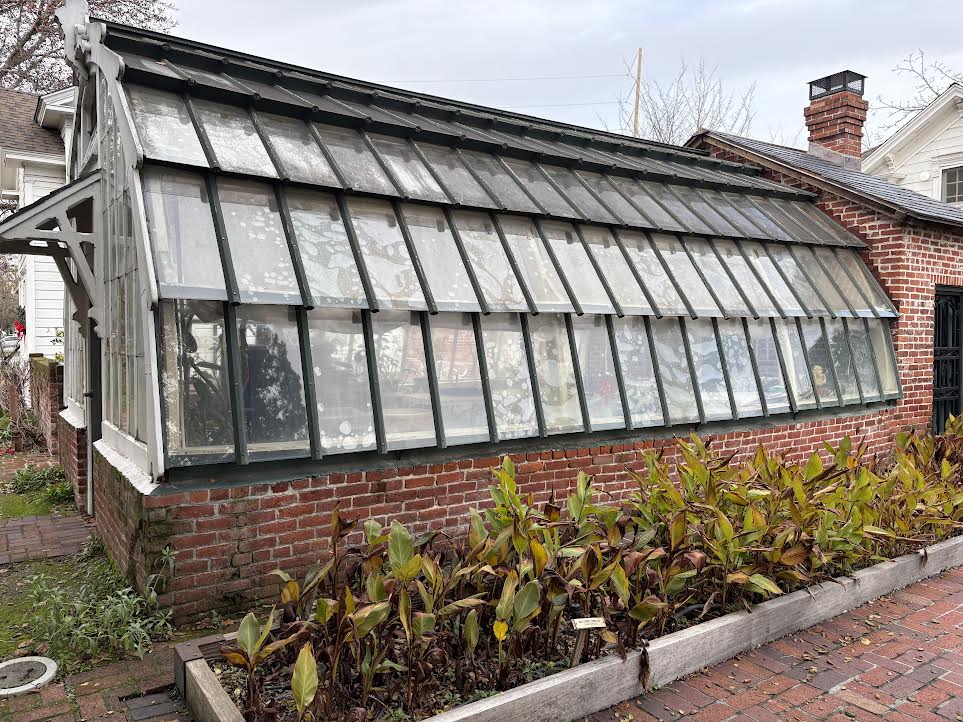
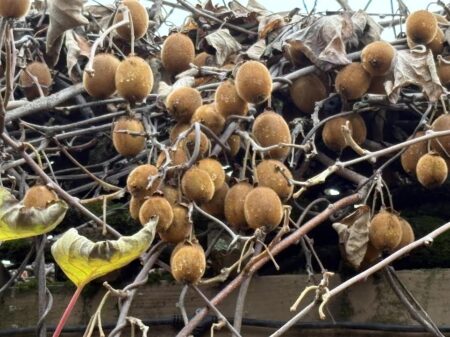
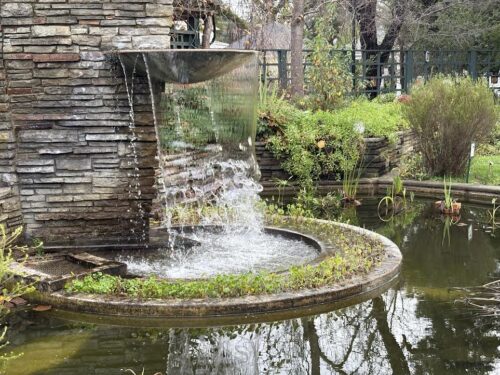
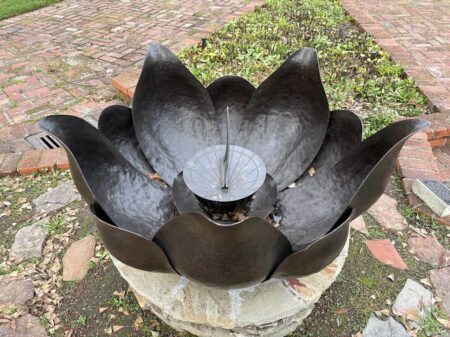
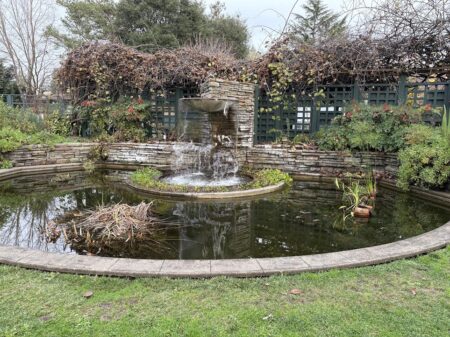
Trailblazers
George Washington Carver chose to call himself trail blazer playing down his role as a great chemist and man of good deeds and I think Luther Burbank would enjoy that moniker too. Men who led the way in using science to improve the plants we grow, food we eat, and gardening practices we follow. If I had met these men in person I would probably have been too shy to congratulate them on their remarkable work but silently, many years after their passing, I think of them fondly and thank them with a flood of celebratory words for their many achievements.
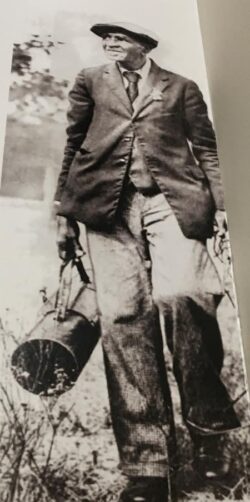
A favorite portrait of G.W. Carver tramping the trails with his collecting box.
